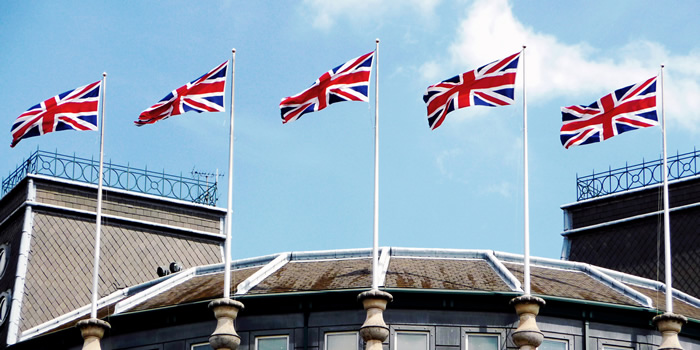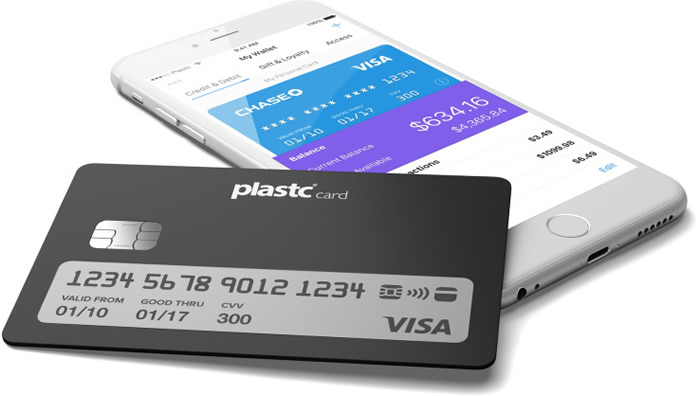The Bank of Canada Leaves Interest Rates Frozen at 1 Per Cent
Posted September 9, 2014 in Economy, News
Those with debt tied to prime rate can breathe a sigh of relief. The Bank of Canada has decided to once again stand pat on interest rates. This marks four years, the longest stretch in Canadian history, since Canada’s central bank has budged on the overnight lending rate.
What’s Leading to Low Interest Rates?
Ever since the financial crisis, our economy has struggled to get back to normal, leading to the Bank of Canada’s neutral stance.
The latest announcement provided a mixed bag. While our economy grew by 3.1 per cent, the strongest pace since 2011, aided largely by exports, our economy shed 11,000 jobs last month.
No longer is the Bank of Canada suggesting its next move will be raising interest rates. In fact, a decrease in interest rates could even be in the cards.
“The balance of these risks is still within the zone for which the current stance of monetary policy is appropriate,” said the bank’s statement. “The bank remains neutral with respect to the next change to the policy rate: its timing and direction will depend on how new information influences the outlook and assessment of risks.”
What is the Overnight Lending Rate?
The overnight lending rate is often referred to by the Bank of Canada as the key interest rate or key policy rate. This rate is important because it’s the rate the Bank of Canada uses to carry out monetary policy. The overnight lending rate is the rate financial institutions use to borrow and lend one-day funds between each other.
The Bank of Canada has a set schedule of eight announcements of interest rates per calendar year. The overnight lending rate is influenced by several factors including economic growth, inflation, exports, consumer debt, and more.
Why Interest Rates Matter
A change in the overnight lending rate would have a trickle-down effect felt throughout the Canadian economy. Although financial institutions set their own prime rate, it’s based on the overnight lending rate, plus a spread. For example, prime rate at most financial institutions today is 3 per cent (the overnight lending rate plus a 2 per cent spread).
If prime rate were to increase, the cost of borrowing for debt tied to prime rate would also increase. Debt tied to prime rate includes variable rate mortgages, lines of credit, personal loans, car loans, RRSP loans, floating rate student loans, and some credit cards.
Who is Impacted by the Low Interest Rate Environment?
Low interest rates have a far-reaching impact on our economy. While low interest rates are beneficial to borrowers, they’re especially challenging for savers.
Borrowers with debt tied to prime rate would be the first to feel a hike in prime rate. A higher prime rate would mean more of your money would go towards interest and less towards principal. If you’re a borrower, a prudent thing to do is pay down your debt while interest rates remain low. Instead of paying down debt, a lot of Canadians are piling on even more debt, as the record-level household debt-to-income ratio suggests. You could be in for a rude awakening when interest rates increase, as more of your dollars go towards servicing debt.
While borrowers have been basking in the glory of low interest rates for quite some time, savers have been struggling to earn decent returns. Canada’s inflation rate reached 2.1 per cent in July, down slightly from 2.4 per cent the previous month, according to Statistics Canada. It’s the Bank of Canada’s mandate to keep inflation at the 2 per cent midpoint of an inflation-control target range of 1 to 3 per cent. Although the TSX has been on a tear lately, if you’re not willing to invest in equities it can be especially challenging to earn a return that keeps up with the rate of inflation.
The Bottom Line
There’s no telling where interest rates will head next. Although it’s widely expected the Federal Reserve will begin hiking interest rates in the spring of 2015 with Canada to follow, there’s no guarantee. If you have debt tied to prime, you should take advantage and pay it down while interest rates remain low.




